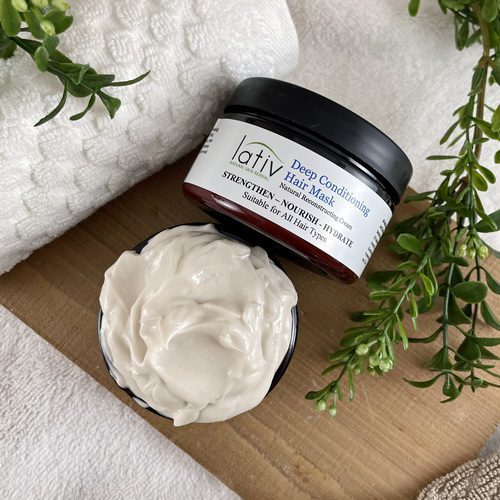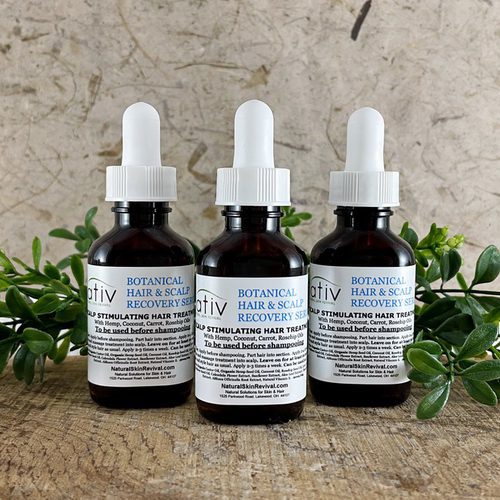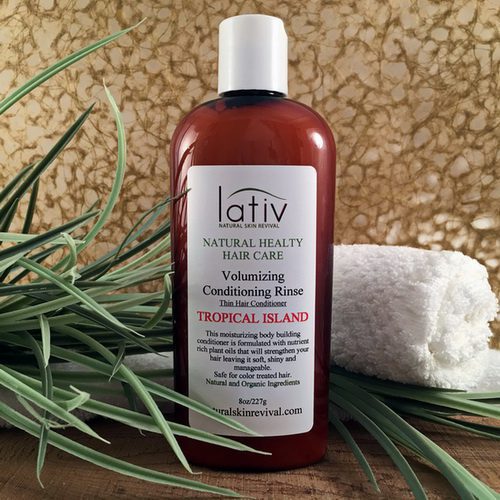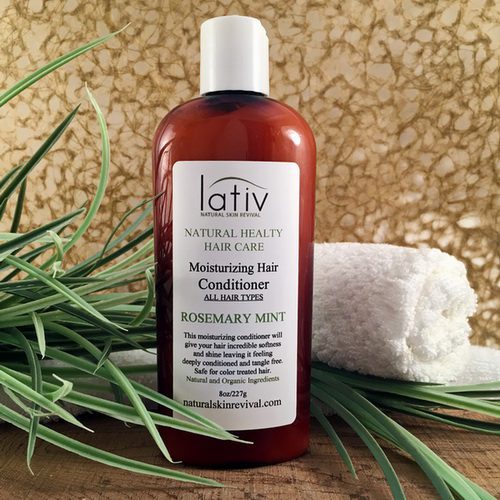Shampoo Bar, Tips & Techniques: Welcome to the natural, nourishing world of shampoo bars! If you’re new to the concept, a shampoo bar might seem like a novelty. But believe us, once you make the switch from liquid to solid, there’s no going back. Packed with natural ingredients and free from harsh chemicals, shampoo bars are not only great for your hair but also environmentally friendly.
At Natural Skin Revival, we’re passionate about embracing nature’s bounty to care for our bodies, and our shampoo bars are a testament to this philosophy. In this comprehensive guide, we’ll walk you through everything you need to know about shampoo bars: from why you should consider making the switch, to how to use them for best results.
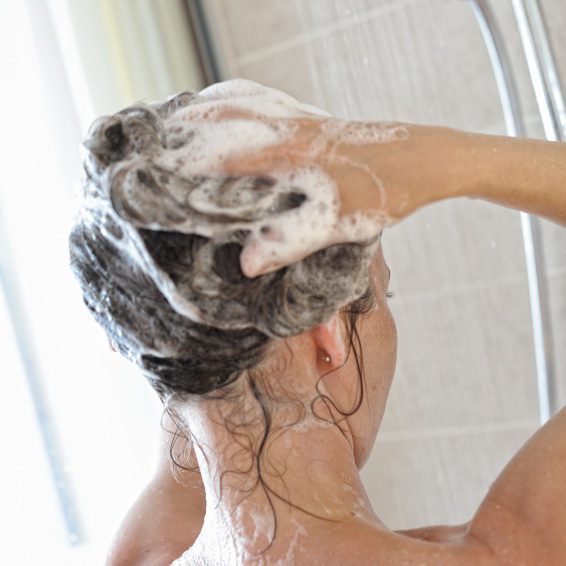
Why Choose a Shampoo Bar?
1. Natural Ingredients
We formulate our shampoo bars with natural ingredients that provide numerous benefits for your hair. From plant oils and butter to essential oils, these ingredients nourish your hair and scalp without the harsh chemicals found in many liquid shampoos.
Our Shampoo Bars are made using the cold process soaping method. They are different than our Goats Milk Soap Bars. We use specific plant oils and butters that are beneficial and necessary for scalp and hair health. These nourishing and moisturizing plants clean, strengthen, and encourage hair growth, while they add sheen, shine and luster.
Liquid shampoos are make with harsh chemicals, detergents. They’re just like dish soap. They strip the natural oils from your scalp making it feel dry and itchy. The more you use them, the more damage they can cause. Detergents can intensify the irritations and symptoms for those suffering with scalp conditions such as scalp psoriasis.
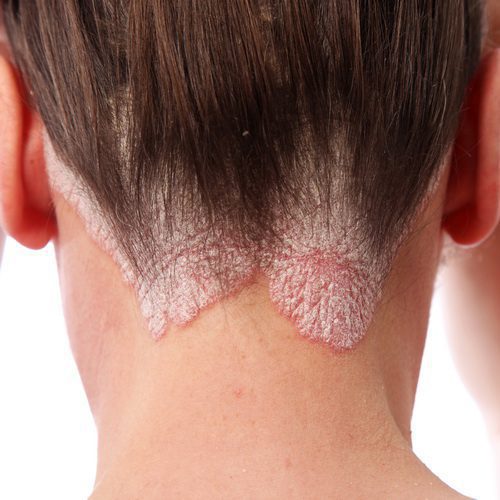
2. Cost-Effective
Shampoo bars are highly concentrated, meaning a little goes a long way. One bar can outlast several bottles of liquid shampoo, saving you money in the long run.
3. Great for Travel
Their compact size and solid form make shampoo bars perfect for travel. No more worries about liquid restrictions at the airport or leaks in your luggage!
4. Environmentally Friendly
Shampoo bars are a fantastic way to reduce your plastic consumption. Traditional liquid shampoos usually come in plastic bottles which contribute to the vast amounts of plastic waste. Our shampoo bars, on the other hand, come in minimal, eco-friendly packaging.
How To Use a Shampoo Bar
- WET HAIR AND SCALP: Start by thoroughly wetting your hair under cool to warm water. This opens up the hair cuticles and prepares your hair to absorb the natural oils and ingredients from the shampoo bar. Be sure your hair is saturated from scalp to ends of hair
- WET BAR: Wet the shampoo bar with water and rub it between your hands to activate a creamy lather. A new bar will take a few moments longer to generate a thick creamy lather.
- WASH: There are two methods to apply and wash with a shampoo bar. It’s important to understand that you are washing with the LATHER created by the soap an not the soap bar.
- LATHER IN HANDS: If you are new to using a shampoo bar, take the lather that you have created and apply that lather to your scalp and hair. If you want more lather, pick up the bar and rub it between your hands again. This method is recommended for thick and long hair and anyone new to using a shampoo bar.
- DIRECT APPLICATION: Rub the wet lathered bar directly, but briefly, on top of your scalp and hair ends in a gentle circular motion. Put the bar aside and gently massage scalp and hair, adding more water as necessary until enough lather forms.
Do not “over rub” the hair with the bar of soap. Doing so will leave soap on your hair and increase the likelihood of leaving hair with a “gummy waxy” feeling. This is very important for long or thick hair. Work the “SOAP LATHER” into your hair by adding more water and making sure to build up a good thick later. You don’t want soap left on your hair.
- LATHER IN HANDS: If you are new to using a shampoo bar, take the lather that you have created and apply that lather to your scalp and hair. If you want more lather, pick up the bar and rub it between your hands again. This method is recommended for thick and long hair and anyone new to using a shampoo bar.
- MASSAGE & DISTRIBUTE: Massage your scalp with your fingertips to distribute the lather and stimulate circulation. Ensure you cover all areas of your scalp and hair for thorough cleaning.
- RINSE, RINSE, RINSE: Rinse hair thoroughly ensuring that all of the soap is removed from your scalp and hair. We cannot stress how important this step is when using a shampoo bar. Rinsing should take as long as washing your hair. Repeat if desired.
- CONDITION: While shampoo bars generally leave your hair clean and nourished, following up with a natural conditioner is highly recommended. Hair conditioners are acidic in nature and they not only add an extra layer of moisture, they help detangle. Moreover, they restore luster and bounce to hair. Even if you have never used a conditioner, we highly recommend using one now. Our all-natural hair conditioners are the perfect match for added nourishment, moisture, and luster.
The Importance of Proper Hair Rinse
Some clients comment on a “greasy or waxy” hair feeling after they first use a shampoo bar and even after a few washings. This happens when the soap residue doesn’t completely rinse out of your hair.
Be sure to rinse, rinse and rinse again. It might be helpful, especially when you first start using a shampoo bar, to not rub the bar directly on your hair. Instead, work up a good lather in your hands and only use the foam on your hands to wash your hair. Whatever you do, don’t give up during this period, your hair will adjust. Just be patient.
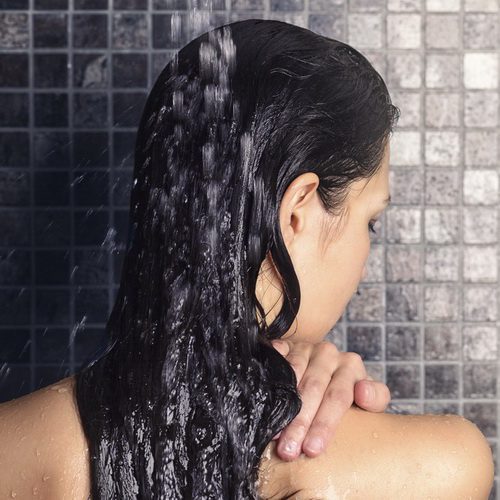
Apple Cider Vinegar Rinse
If you choose not to use a hair conditioner after using a shampoo bar, than try an apple dicer rinse. The extra acidity adds luster and bounce to hair that is thirsty for added moisture and it removes buildup from hair care products.
Read more about the benefits of using an apple cider vinegar rinse
APPLE CIDER VINEGAR RINSE: Combine one to two tablespoons of apple cider vinegar with one cup of distilled water and put it into an 8-ounce spray bottle. After you have washed and rinsed out your hair conditioner, spray hair with the ACV rinse. Massage it into scalp and hair. Rinse with cool water.
Transition Tips and Techniques
Over the years we have received enough feedback on our shampoo bars that we are confident that they will work for everyone. However, we want to be completely transparent so here are some tips:
- Shampoo bars work on all hair types but the the transition period differs on the type of hair. Thin hair that is curly, wavy or straight seem to have a shorter transition period, if any at all, than hair that is thick, course, curly or straight.
- RINSING WELL is imperative to the success of using a shampoo bar especially if you have thick or course hair (straight or curly).
- If you experience the “gummy” waxy feel, it’s because there is soap left in your hair. Experiment with how you are washing your hair: Create the lather in your hands instead of rubbing the bar on you head and make sure you take your time and thoroughly rinsing all of the soap out of your hair before using a conditioner.
- Do not stop using a conditioner when using a shampoo bar, and if you have never used a conditioner before, you should consider using one when switching to a shampoo bar. This step helps detangle hair and adds moisture to scalp and hair.
- With regular use, shampoo bars will revive and straighten hair.
- Shampoo bars eliminate thinning of hair and stop hair loss while encourage growth and strength. Store-bought detergent shampoos damage scalp and hair so much that it can cause hair loss.
- Shampoo bars are great for color treated hair because they are made with 100% natural ingredients that won’t strip the color.
Switching to a shampoo bar is a simple yet profound way to improve your hair care routine. It’s kinder to your hair, your health, and our planet. We are completely confident, that with a little practice and a bit of experimentation, you will find success in making the switch. Your hair will feel clean, silky soft and smooth and full of bounce and luster.
At Natural Skin Revival, we believe in the power of natural ingredients and sustainable practices to bring about real change. Give a shampoo bar a try – your hair (and the Earth) will thank you! Explore our collection of shampoo bars.
Meet Our Shampoo Bars:
-
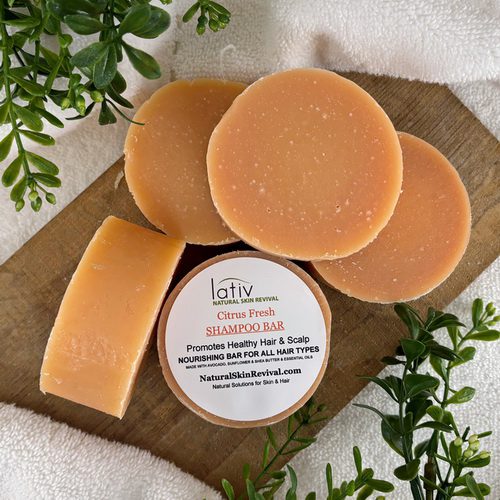 Citrus Fresh Shampoo Bar$8.95
Citrus Fresh Shampoo Bar$8.95 -
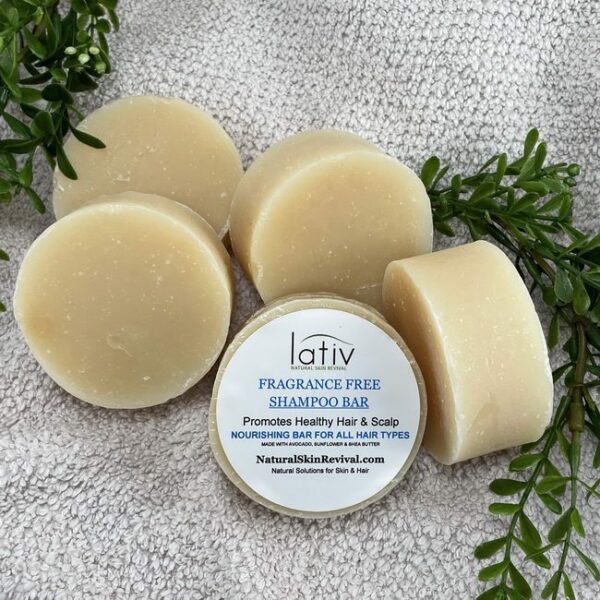 Fragrant Free Shampoo Bar$7.95
Fragrant Free Shampoo Bar$7.95 -
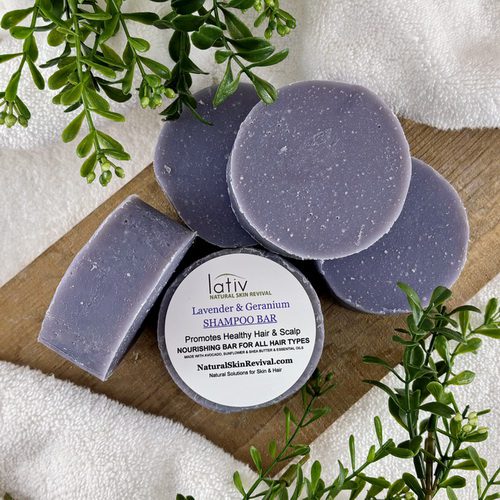 Lavender Geranium Shampoo Bar$8.95
Lavender Geranium Shampoo Bar$8.95 -
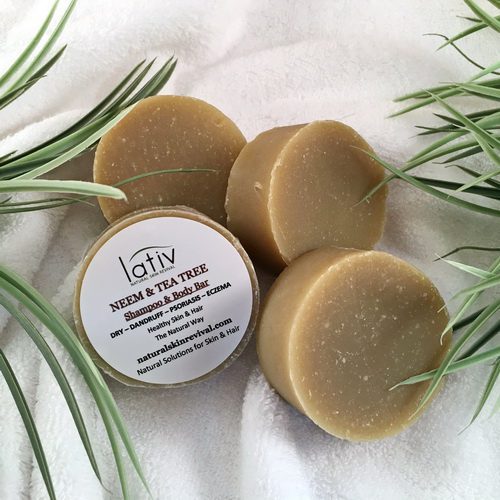 Neem & Tea Tree Shampoo Body Bar$8.95
Neem & Tea Tree Shampoo Body Bar$8.95 -
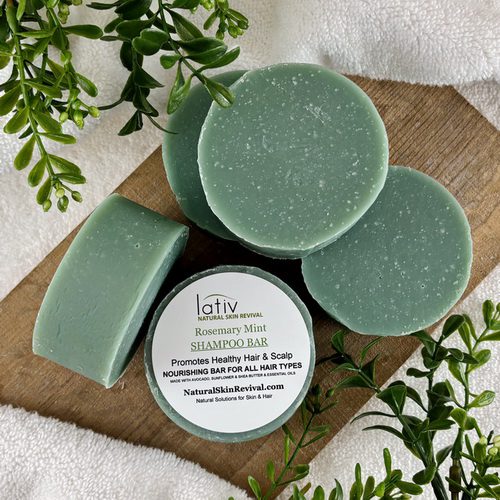 Rosemary Mint Shampoo Bar$8.95
Rosemary Mint Shampoo Bar$8.95


